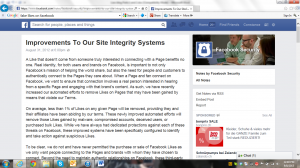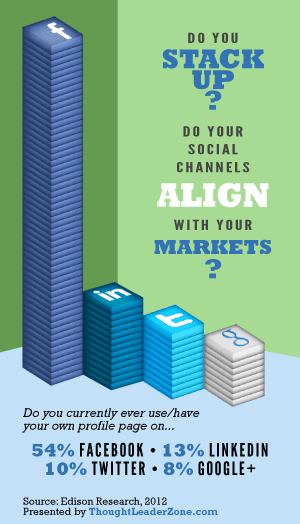 A small museum in aptly but coincidentally named Liestal, Switzerland, had a recent exhibition dedicated to lying that included lies in books by famous authors. The title of the exhibition was Bschiss, which means something like a trick or cheating.
A small museum in aptly but coincidentally named Liestal, Switzerland, had a recent exhibition dedicated to lying that included lies in books by famous authors. The title of the exhibition was Bschiss, which means something like a trick or cheating.
Swiss newspapers condemned the Bschiss revealed this summer when a training document from Ryan Air was leaked to the media in the UK. In it Ryan Air flight attendants were instructed to tell passengers they didn’t have change following a purchase and then “forget” to return the money later.
Another Bschiss controversy getting a lot of play in Swiss newspapers this summer concerns the political 1:12 Initiative promoted by the Schweizerischen Gewerbeverband (SGV) and opposed by the Jungsozialisten (Young Socialists).
Overnight this summer the initiative’s Facebook fan “likes” nearly tripled, to the immediate delight of the SGV. But upon further inspection, the sponsors found that the majority of the clicks came from places not necessarily considered Swiss strongholds, like Azerbaijan, Turkey, etc. They deny buying clicks and accuse the Young Socialists of the provocateur action of buying false likes to discredit SGV.
 According to the Swiss paper Blick am Abend, the cost of getting 10,000 fans is 450 Swiss Francs (about the same in US dollars). Clicks from click farms are, of course, strictly forbidden on Facebook; but a recent expose on British television showed the ease of arranging for such a service.
According to the Swiss paper Blick am Abend, the cost of getting 10,000 fans is 450 Swiss Francs (about the same in US dollars). Clicks from click farms are, of course, strictly forbidden on Facebook; but a recent expose on British television showed the ease of arranging for such a service.
Are you having trouble managing your online reputation and confused about how to make social media work for you without resorting to tricks and Bschiss? Ask, assess, then act. We’re here to help (and that’s the truth)!
Read these other posts from this series:
Lies, Damn Lies, and Sticky Tricky Truths Part 2
Chief Truth Teller – The Risks and Rewards of Full Disclosure – Part 1

